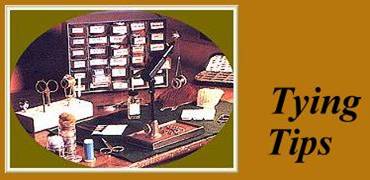BEADED-HEAD JID NYMPH/STREAMER
I have been tying fly patterns (dressing hooks) for 16 years, and with time I have forgotten many of the sources that I have incorporated into my fly tying repertory for "dressing the hook"!
This is more of a method, than a fly pattern, that changes most nymph/streamer pattern from a hook spear-down presentation, into a hook spear-up presentation beneath the water surface. This method allows the fly angler to do bottom presentation with minimum of snags from underwater debris and obstacles.
Most down- eye hooks have a angle-bend of either 40° or 45°. By bending the hook shank at a 45° angle (down), and with a weighted bead-head inserted, just behind the eye of the hook you create an almost snag free from bottom of stream obstacles.
Step by Step Instructions:
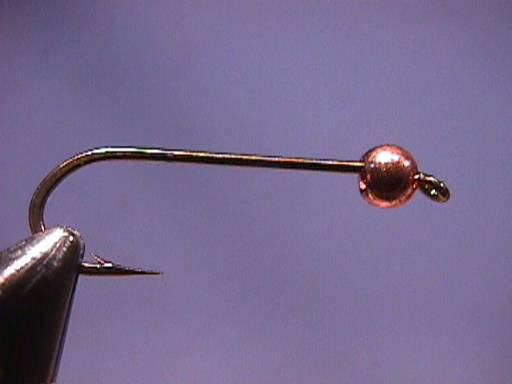
1. Slide onto the hook shank your weighted bead-head so it is flush tight against the eye of the hook.
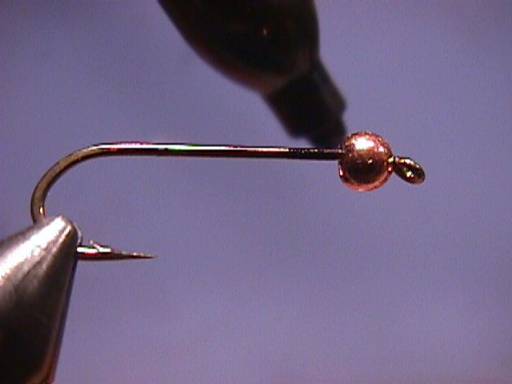
2. With a permanent marker, make a mark being the rear of the weighted bead-head.
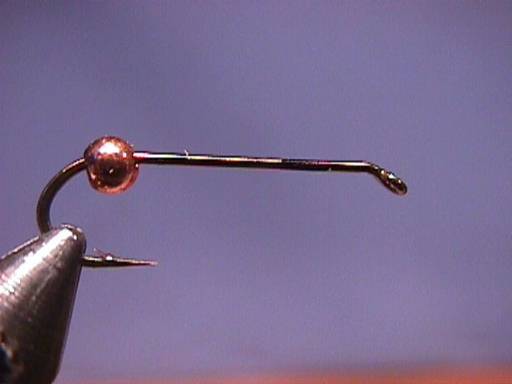
3. Slide the weighted bead-head, to the rear of the hook.
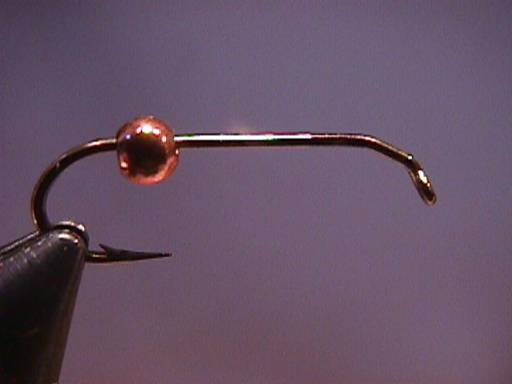
4. Using needle-nose pliers, bend the hook shank 45° down (at the mark, leaving space for the weight bead-head.)
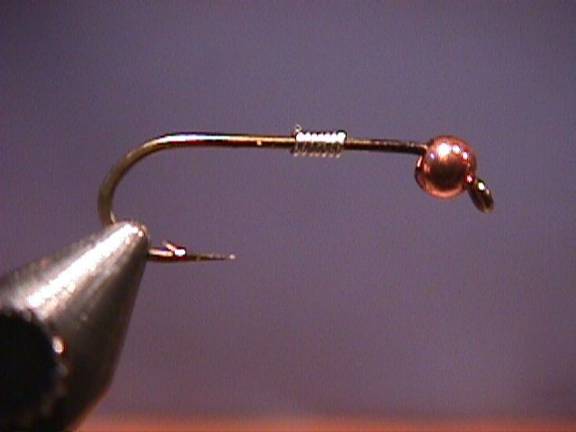
5. Before moving the weighted bead-head back to behind the eye of the hook, wrap some small diameter non-lead weight wire around the hook shank behind the weighted bead-head, and insert into the cavity rear cavity of the weighted bead-head (this helps align the weighted bead head to the axis of the hook shank.)
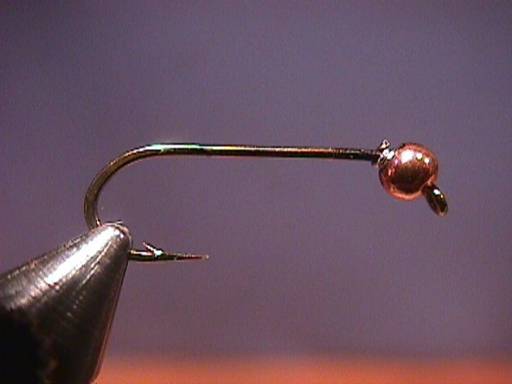
Completed Bead-Bead Head Hook
Using this method you can bounce your nymph/streamer pattern along the bottom of the stream for a more realistic presentation to the fish. I have had great success with this method for "Muddler Minnows" and "Crayfish" patterns, as well as various Pupa/Nymph patterns, that are found on the stream bed.
Notes: The two angles, the 40°/45° angle of the hooks eye, and the 45° bend in the hook shank, will give the weighted bead-head fly pattern up-eye that is perpendicular (85°/90°) to the water surface.
Some hooks are constructed using wire that is heat treated after shaping, while others are forged (cast). You need to use wire constructed hooks as forged hooks are more likely to break if bent.
